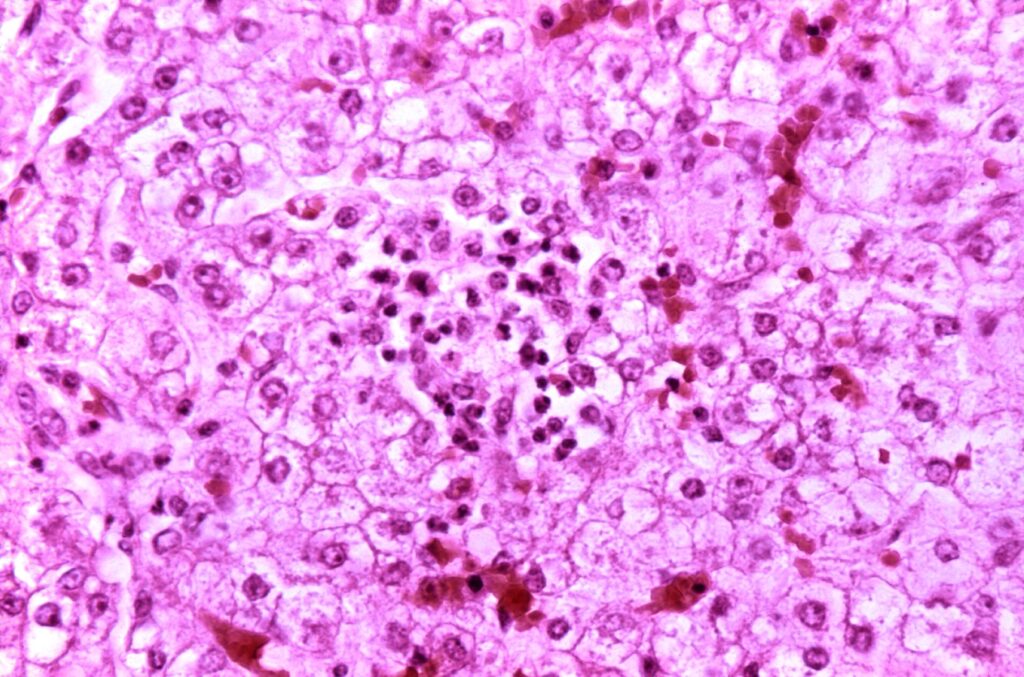Reye’s Syndrome, often abbreviated as RS, is a rare but potentially life-threatening condition that primarily affects children and teenagers recovering from viral infections. First described in 1963 by Dr. Douglas Reye, this syndrome has puzzled medical professionals for decades due to its unpredictable nature and severe consequences. While the exact cause remains unclear, researchers have identified certain risk factors and triggers that can help prevent its occurrence. This article provides an in-depth exploration of Reye’s Syndrome, including its symptoms, causes, diagnosis, treatment, and prevention strategies.

Understanding the Condition
Reye’s Syndrome is a disorder that causes swelling in the liver and brain. It typically occurs in children and adolescents who are recovering from a viral illness, such as the flu or chickenpox. The condition can progress rapidly, leading to severe complications if not treated promptly. Understanding its underlying mechanisms and recognizing its symptoms early are crucial steps in managing this potentially fatal disorder.
Symptoms of Reye’s Syndrome
The symptoms of Reye’s Syndrome often appear in stages and can vary depending on the severity of the condition. Early recognition is vital for timely intervention. Below is a list of common symptoms:
- Vomiting
- Lethargy or unusual sleepiness
- Confusion or irritability
- Rapid breathing
- Seizures
- Loss of consciousness
In the early stages, vomiting and lethargy are the most noticeable signs. As the condition progresses, neurological symptoms such as confusion, seizures, and loss of consciousness may develop. These symptoms can escalate quickly, making it essential to seek medical attention immediately if they are observed.
Causes and Risk Factors
While the exact cause of Reye’s Syndrome remains unknown, researchers have identified several factors that may contribute to its development. One of the most significant risk factors is the use of aspirin during viral infections. Studies have shown a strong association between the use of aspirin in children and teenagers with viral illnesses and the onset of this condition. For this reason, healthcare providers strongly advise against giving aspirin to individuals under the age of 19 who are recovering from viral infections.
Other potential risk factors include:
- A recent viral infection, such as influenza or chickenpox
- Underlying metabolic disorders
- Genetic predisposition
It is important to note that not all cases of Reye’s Syndrome are linked to aspirin use, and some individuals may develop the condition without any known risk factors. This highlights the complexity of the disorder and the need for further research.
Diagnosis of Reye’s Syndrome
Diagnosing Reye’s Syndrome can be challenging because its symptoms resemble those of other conditions, such as meningitis, encephalitis, or poisoning. A thorough evaluation is necessary to rule out other potential causes and confirm the diagnosis. Healthcare providers typically rely on a combination of clinical assessment, laboratory tests, and imaging studies to diagnose the condition.
Clinical Assessment
During the clinical assessment, the healthcare provider will review the patient’s medical history, focusing on recent illnesses, medications, and symptoms. They will also perform a physical examination to check for signs of liver dysfunction, neurological abnormalities, and other relevant indicators.
Laboratory Tests
Laboratory tests play a critical role in diagnosing Reye’s Syndrome. Blood tests are used to evaluate liver function and detect abnormalities such as elevated liver enzymes and ammonia levels. Additional tests may include:
- Blood glucose levels
- Kidney function tests
- Tests for viral infections
These tests help provide a comprehensive picture of the patient’s overall health and identify any underlying issues that may contribute to the condition.
Imaging Studies
Imaging studies, such as a computed tomography (CT) scan or magnetic resonance imaging (MRI), may be performed to assess brain swelling and rule out other neurological conditions. These imaging techniques allow healthcare providers to visualize the brain and identify any structural abnormalities that may be causing the symptoms.
Treatment Options
There is no specific cure for Reye’s Syndrome, but prompt and aggressive treatment can significantly improve outcomes. The primary goal of treatment is to manage symptoms, reduce brain swelling, and support vital functions until the patient recovers. Treatment typically involves hospitalization in an intensive care unit (ICU) to ensure close monitoring and immediate intervention if complications arise.
Supportive Care
Supportive care is the cornerstone of treatment for this condition. It includes measures to stabilize the patient’s condition and prevent further complications. Key components of supportive care include:
- Intravenous fluids to maintain hydration and electrolyte balance
- Medications to reduce brain swelling and control seizures
- Mechanical ventilation if breathing becomes impaired
Healthcare providers may also administer medications to correct metabolic imbalances and support liver function. In severe cases, dialysis may be required to remove toxins from the blood if the liver is unable to function properly.
Monitoring and Follow-Up
Continuous monitoring is essential to track the patient’s progress and adjust treatment as needed. Vital signs, neurological status, and laboratory results are closely monitored to detect any changes in the patient’s condition. Follow-up care is also important to address any long-term effects and ensure a full recovery.
Prevention Strategies
Preventing Reye’s Syndrome is far more effective than treating it. By understanding the risk factors and taking appropriate precautions, parents and caregivers can significantly reduce the likelihood of this condition occurring. Below are some key prevention strategies:
Avoiding Aspirin Use
The most important preventive measure is to avoid giving aspirin to children and teenagers, especially during or after a viral illness. Parents should carefully read medication labels to ensure that products do not contain aspirin. Alternative pain relievers, such as acetaminophen or ibuprofen, are safer options for managing fever and pain in young individuals.
Vaccination
Vaccination plays a crucial role in preventing viral infections that can trigger this condition. Ensuring that children receive routine vaccinations for diseases such as influenza and chickenpox can help reduce their risk of developing the condition. Parents should consult with their healthcare provider to ensure their child’s immunizations are up to date.
Educating Caregivers
Educating parents, caregivers, and healthcare providers about the risks associated with aspirin use and the importance of early symptom recognition is essential for prevention. Public health campaigns and educational materials can help raise awareness and promote safe practices.
Long-Term Outlook
The prognosis for individuals with this condition varies depending on the severity of the illness and how quickly treatment is initiated. With prompt and appropriate care, many patients recover fully without long-term effects. However, in severe cases, complications such as permanent brain damage or death may occur. Ongoing research aims to better understand the underlying causes of this condition and develop more effective treatments to improve outcomes for affected individuals.





